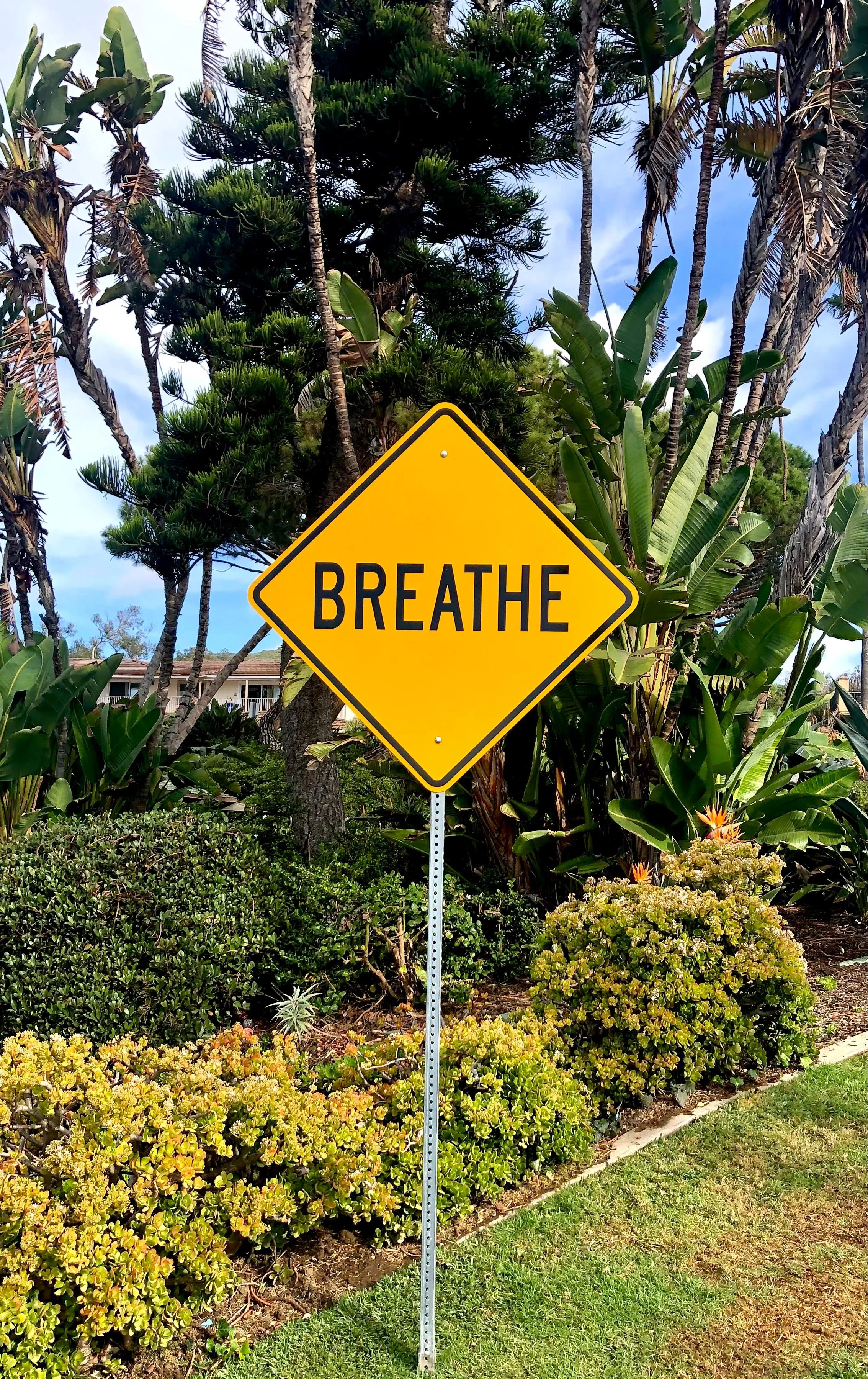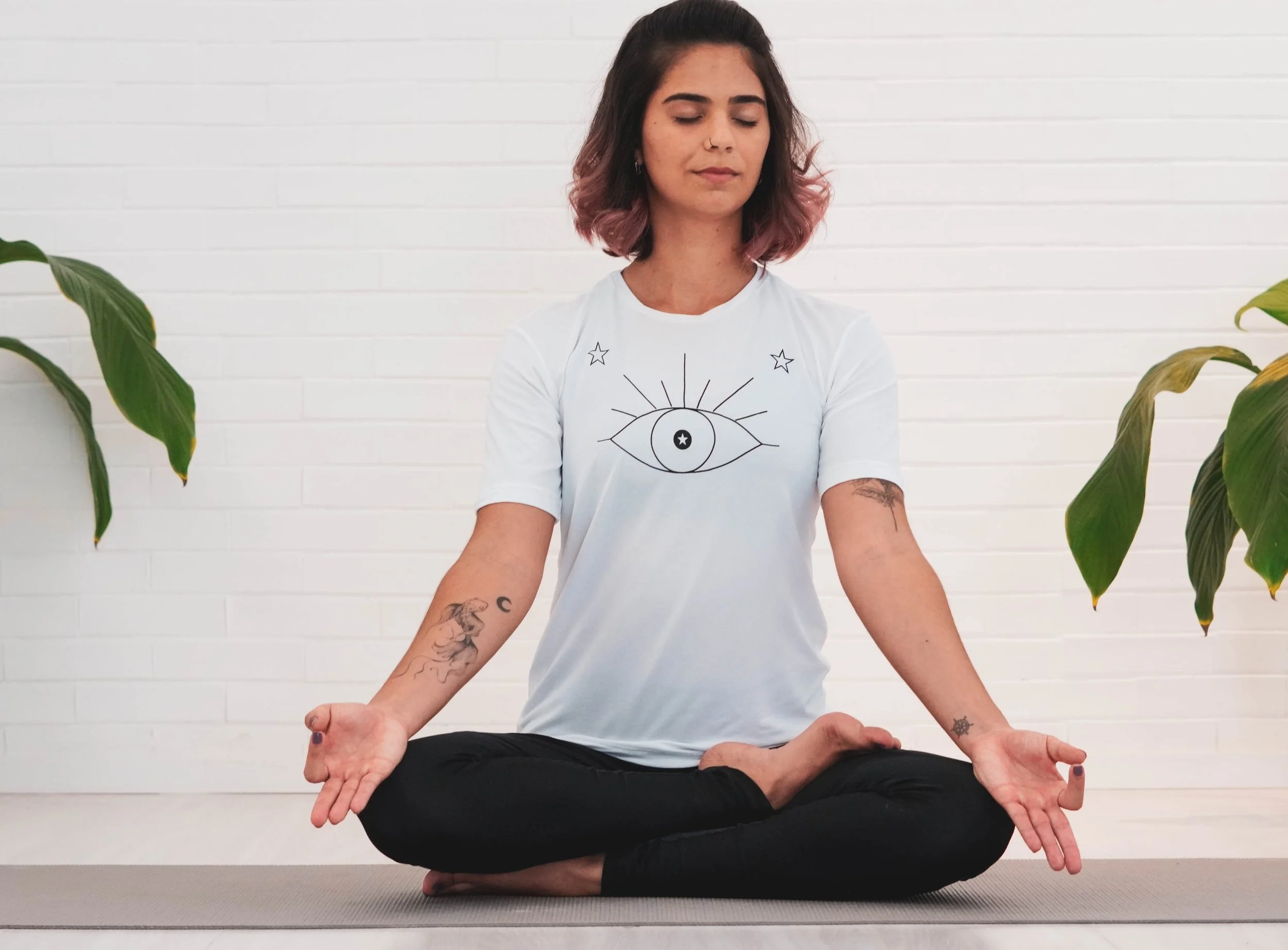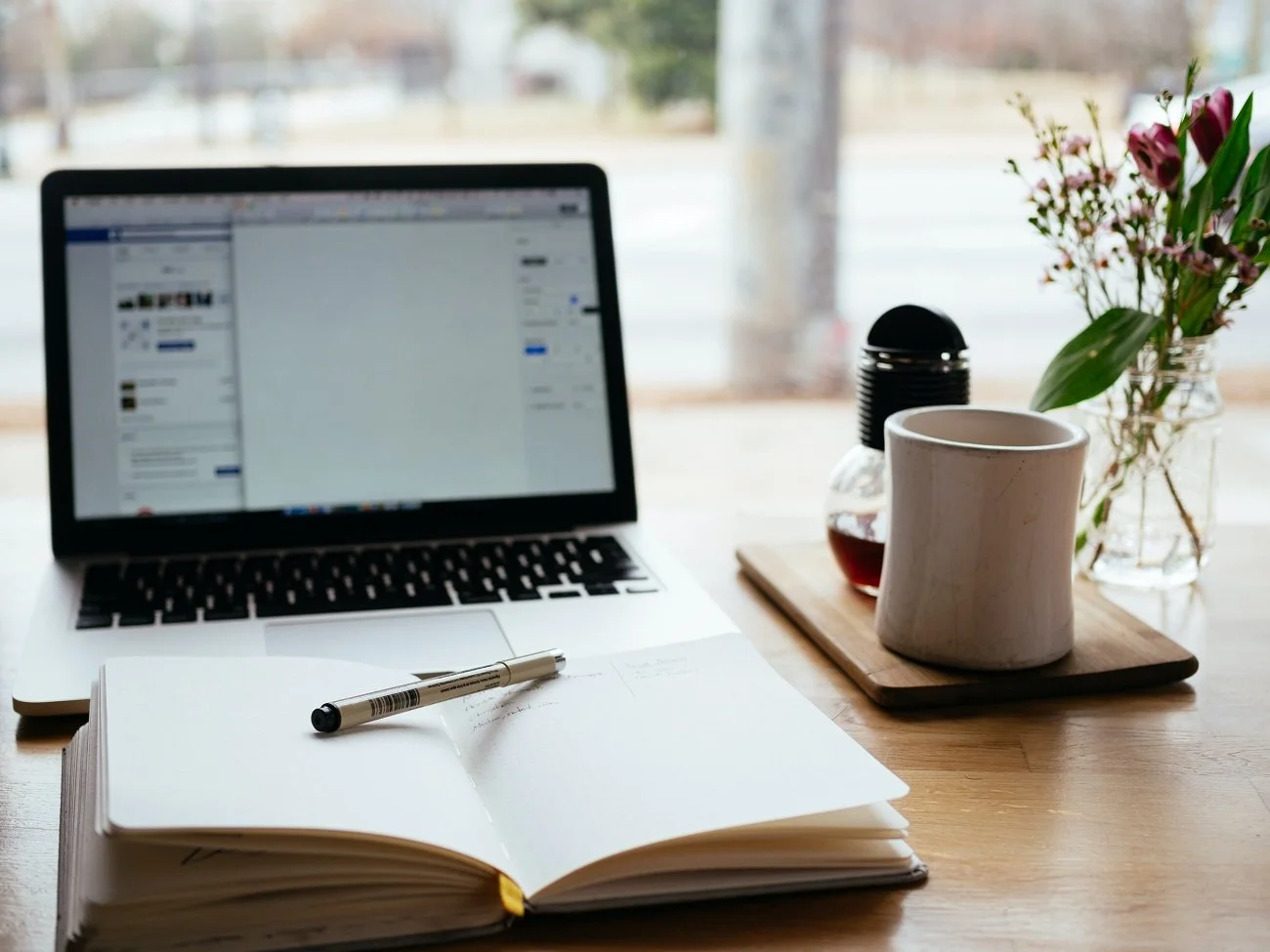The ABC's of Better Breathing for Less Stress
As we go about our lives, things can get so busy that it can sometimes feel overwhelming and it can begin to stress us out. With everything from attempting to balance work or school with a social life, to trying to save money and pay off our debts, it can feel like we’re stuck in a never-ending cycle of bills and restless nights.
Especially in the digital age with friends, family, and work just an email or text away, further compounded by the pressure to “live your best life” on social media, it can feel like we never get the chance to just take a deep breath and relax.
Well, at least you can take a deep breath. There’s a reason why a deep breath is synonymous with trying to calm down- it’s a quick, free and easy way to instantly relax. And we’ve been doing it since the day we were born.
Everyone does it, but there’s a huge difference between breathing without thinking and conscious breathing. Conscious breathing comes with an array of benefits that range from helping you relax, lowering blood pressure, and aiding digestion. And by reducing stress, breathing can even help your immune system!
Here’s an easy list of ways to hack your breathing to maximize your relaxation and melt away the stress of everyday life within minutes.
Breathe with your Diaphragm
This method of breathing is instinctual to all mammals- even babies do it! You might have even noticed it yourself. When babies breathe, you’ll see their belly expand and contract with each breath. This is different from how most adults breathe, where you’ll usually see their back and chest move more than their stomachs.
That’s because babies breathe with the diaphragm, a sheet of muscle located beneath the lungs and heart, which contracts as you breathe in and out. You can tell if you’re breathing with your diaphragm if you fill your belly and lungs with each breath.
This is a perfect way to clear your mind in the morning, and can take less than a minute!
How to: Take deep, long breaths, inhaling through your nose and exhaling through your mouth. Count the seconds as you inhale. Aim for 10 seconds, although it may take some practice to build up to that. Pause for a moment with your lungs full of air, and then slowly exhale through your mouth for 10 seconds.
Repeat.
60-Second Breathing
60-second breathing offers a quick reset to break up a busy day, and can help you focus between tasks. Think of it as a quick breather- a breath of fresh air when you’re not able to get out and physically get some.
How to: All you have to do is set a timer for 60 seconds. Count your breaths, focusing on breathing long and deep with your diaphragm. As you get better at this, your breaths will get longer and longer, which means you’ll do fewer breaths in the 60 seconds.
Breathe Equally
Equal breathing is another form of breathing you can do practically anywhere- while you wait in line, on your way to work, or just when you need a quick refresh.
How to: Inhale through your nose while counting the seconds, then exhale through your nose for the same number of seconds. As you get more practice, your breaths will become deeper and longer.
4-7-8
The 4-7-8 breathing method is named after the time that each step takes, and was created to help you relax- although if you’re new to it, we recommend doing no more than 4 cycles in a single sitting until you become more accustomed to it.
How to: Inhale through your nose for 4 seconds. Hold the air in your lungs for 7 seconds. Slowly breathe out through your mouth for 8 seconds. Repeat
Progressive Relaxation
Progressive relaxation, also known as progressive muscle relaxation (PMR), is a method to induce relaxation through the controlled contraction and relaxation of your muscles. Basically, you tense and relax all of the major muscle groups in your body, starting from your head and ending at your toes. When coupled with breathing, this technique can be very effective in reducing stress.
Progressive relaxation can be particularly helpful to people with anxiety, as this is a way to relieve some of the tension that can build up due to the stresses of everyday life.
How to:
Find a place and time. As this can take 15 minutes or more, it may be helpful to set an alarm just in case you lose track of time (or get so relaxed that you pass out!)
Lie down (or sit in a comfortable chair if there’s not enough room). Your hands should be by your side and your legs should be uncrossed as to not block circulation.
Tense all of the muscles in your face. That means clenching your teeth, closing your eyes hard, making a grimace, and scrunching your eyebrows. If you can tense your ears, even better! Hold for 8 seconds as you inhale. (Some people prefer to find a private room to do this, as it could be embarrassing if someone walks in on you doing this!).
Relax and exhale. Let go of all the tension in your face. Concentrate on the feeling of relaxing. If your face still feels tense, you can repeat steps 3-4.
Next is your neck and shoulders. Tense all the muscles in your neck and shoulders and slowly inhale over 8 seconds. Then, relax and breathe out. Focusing on the feeling of relaxing and enjoy it. You may want to do this a few times as the neck and shoulders are one of the most common areas for tension.
Repeat this process as you go down the rest of your body, tensing and relaxing your chest, abdomen, arms, glutes, thighs, calves, feet, and toes. Remember to inhale as you hold the tension for 8 seconds, and then release.
Just Breathe
When resting, we take an average of 12-20 breaths per minute, which adds up to 17,000-30,000 breaths per day!
Breathing is one of those things that you hardly notice it. Well, until now! Now that you have a few handy techniques for conscious breathing, you’ll definitely notice it, and you’ll also notice the relaxing benefits from doing it.
For those of you who love multi-tasking, these breathing exercises are perfect for whenever (with the exception of Progressive Relaxation). With that being said, remember that when it comes to conscious breathing, it’s about the quality, not quantity, of your breath.




